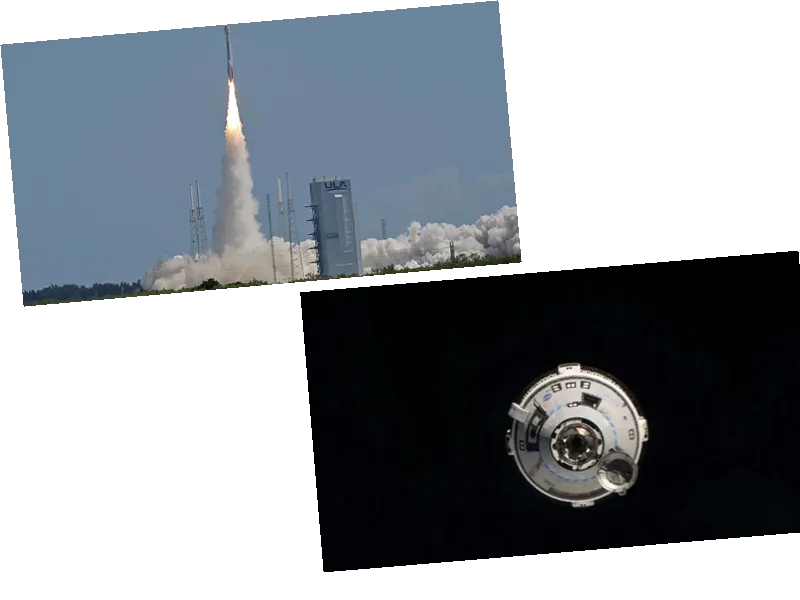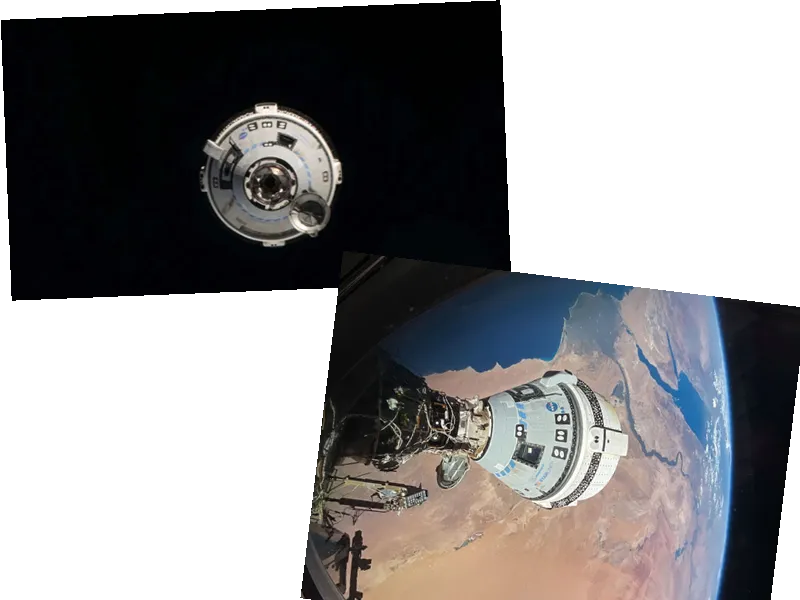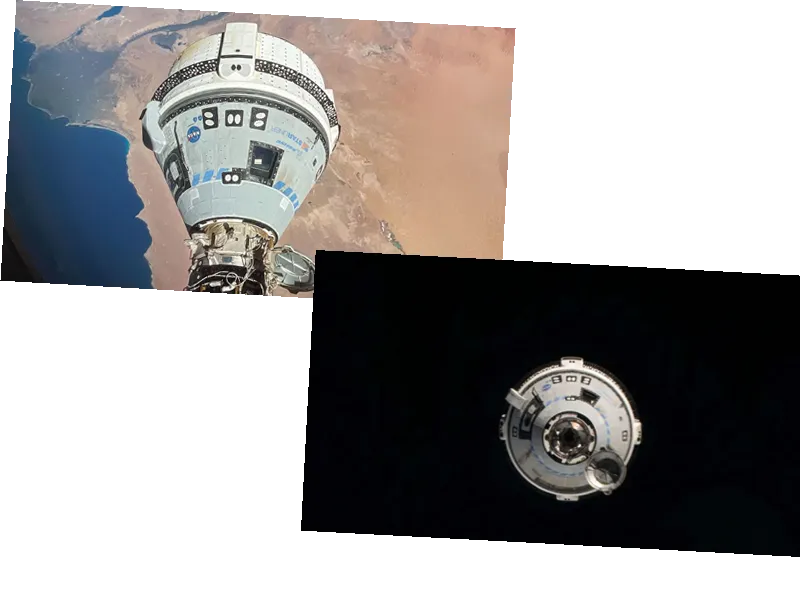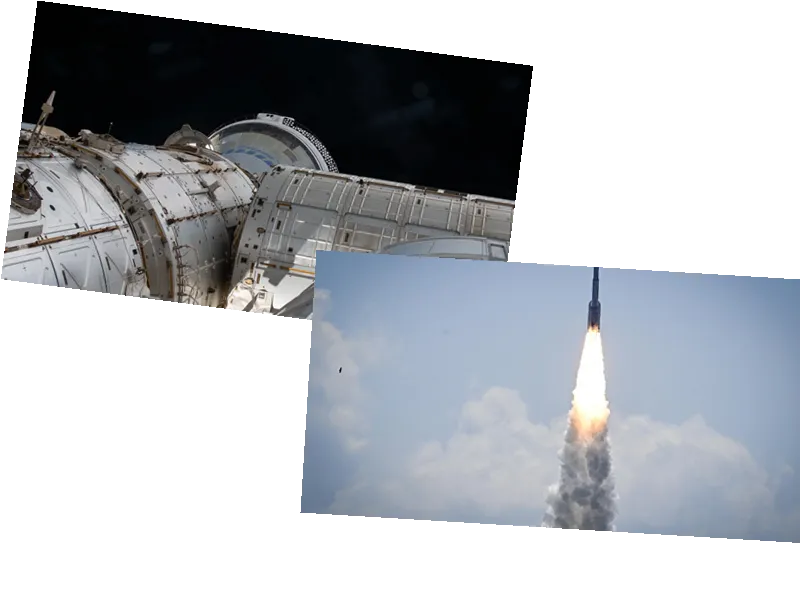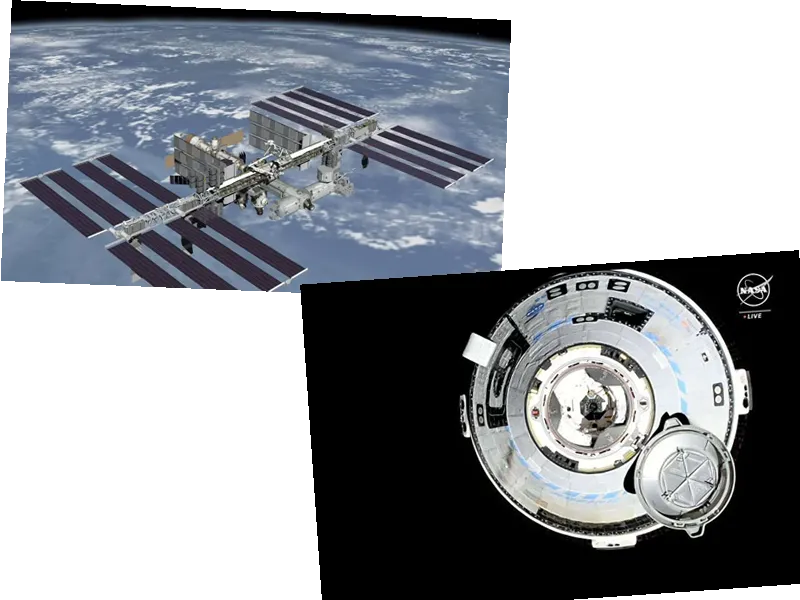NASA and Boeing's Starliner Mission: An Overview
The Starliner spacecraft, developed by Boeing for NASA, has encountered multiple issues during its current mission. Initially scheduled for a short stay at the International Space Station (ISS), astronauts Butch Wilmore and Suni Williams are now expected to remain aboard for several weeks due to technical problems. Despite these setbacks, NASA officials emphasize that the crew is not in danger and that the mission is still considered a success.
Technical Issues and Delays
The primary issues involve helium leaks and thruster malfunctions. During the approach to the ISS, five of the spacecraft's small thrusters failed, necessitating further investigation. Ground tests will be conducted to recreate the space environment and better understand the cause of these problems. Additionally, multiple helium leaks have been detected. While helium itself is not flammable, it is crucial for the propulsion system. NASA and Boeing are taking their time to collect more data and ensure these issues are permanently resolved.
Mission Management and Future Plans
Despite the technical setbacks, both NASA and Boeing remain optimistic. The Starliner is performing well while docked at the ISS, and the astronauts are contributing valuable data that will help certify the spacecraft for future crewed missions. NASA manager Steve Stich and Boeing's Mark Nappi have both stressed that there is no rush to return the Starliner to Earth. The spacecraft can remain docked for up to 45 days, and the ISS has ample supplies to accommodate the extended stay. This mission is crucial for obtaining NASA certification, allowing the Starliner to begin regular operations and serve as a reliable space taxi for astronauts.
- The Starliner mission marks a significant milestone for Boeing, which has faced numerous delays and technical challenges in the development of the spacecraft. The current mission is the first crewed flight for the Starliner, and its success is critical for future NASA missions.
- NASA has been relying on SpaceX vessels to transport astronauts to the ISS for the past four years. The successful certification of the Starliner would provide NASA with an additional option for crewed space missions, enhancing the agency's capabilities and flexibility.
- The extended stay of the astronauts aboard the ISS allows for more comprehensive testing and data collection, which will be invaluable for future missions. The feedback from the crew has been overwhelmingly positive, and the data collected will help improve the Starliner's performance and safety.
- Both NASA and Boeing are committed to resolving the technical issues and ensuring the safety and reliability of the Starliner. The mission management team is following a standard process to incorporate the data into their decision-making and address the issues effectively.
